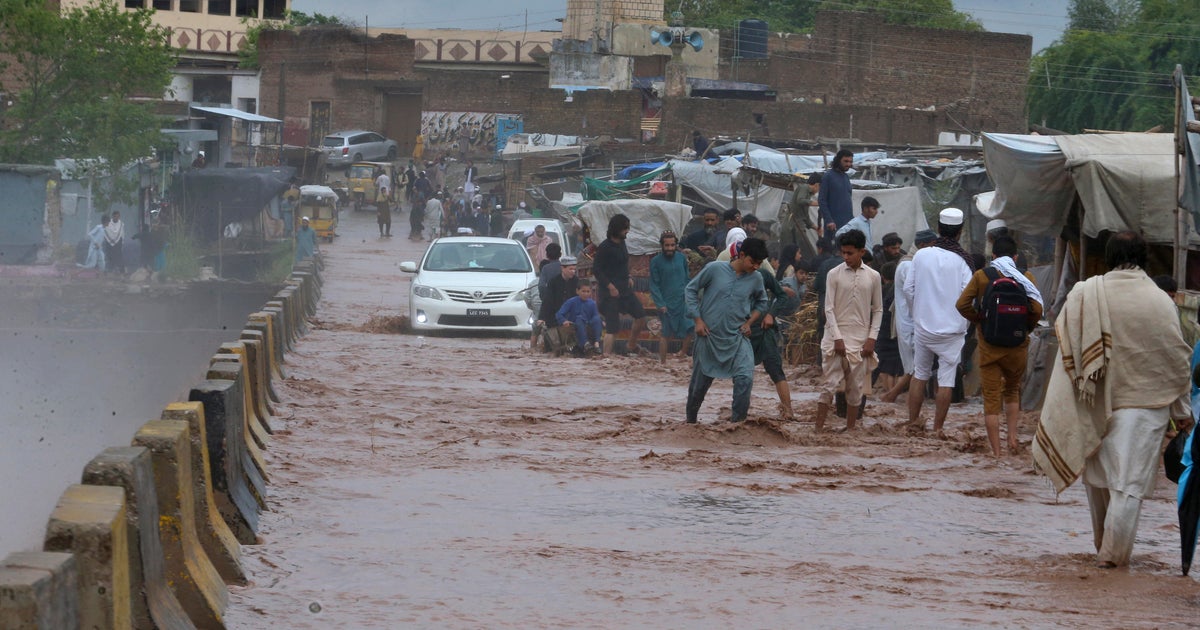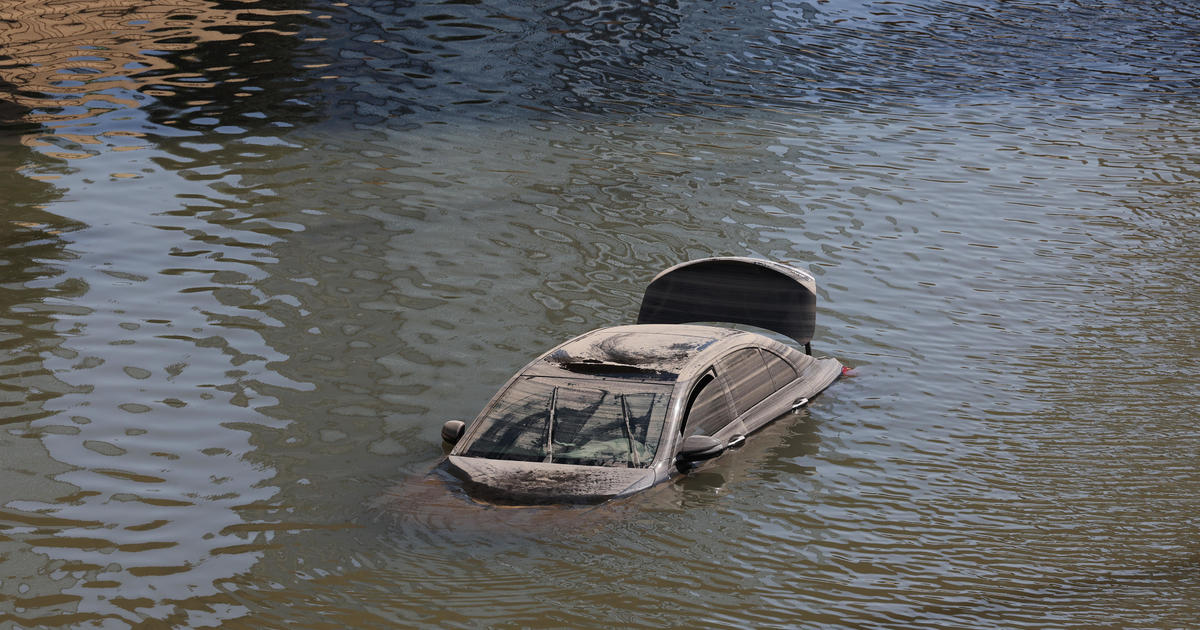Sea level rise could destroy 20% of the world's GDP by 2100
From time immemorial, human beings have settled near water. But as sea levels rise and weather becomes more extreme, that proximity is becoming a drawback, and in the years to come will put hundreds of millions of people around the globe in the path of frequent floods, new research suggests.
By the end of the century, nearly 290 million people — equal to the population of Canada, Mexico and all of Central America combined — could be affected by repeat flooding, according to a study published Thursday in Nature. The related economic damage could be vast, equivalent to up to 20% of global GDP.
Notably, that flooding is likely to happen whether or not the world takes action to sharply cut emissions in the coming decades, the researchers conclude. They considered two scenarios: One in which the usage of fossil fuels increase and carbon emissions continue rise, and another in which emissions peak around 2040 and then start to fall. They found a similar amount of flooding in both cases.
"Surprisingly, the global flooding under the lower greenhouse gas case is not that much lower," Ian Young, one of the authors of the study, said in an email. That's because human activity to date has already "baked in" a certain amount of global warming. In other words, even if people were to stop burning fossil fuels tomorrow, it would take decades for carbon dioxide in the atmosphere to fall.
"Even if we reduce the greenhouse gas level, the melting of the glaciers will continue," Young said. "This means that we are going to have to look at adaptation, irrespective of the greenhouse gas concentrations."
Flooding will also become more frequent, the researchers found. "For most of the world, flooding associated with a present day, 1-in -100-year event could occur as frequently as once in 10 years, primarily as a result of sea level rise," Young said.
Small rise, big consequences
Since 1880, sea levels worldwide have risen by about 8 or 9 inches on average as humans have pumped carbon dioxide into the atmosphere. Seas are widely expected to rise at least another foot by 2100, and likely more. But even a small increase in sea level is likely to have severe impacts.
"Just a little bit of sea level rise can lead to a large change in the area that gets flooded and the frequency of events," said Radley Horton, a professor at Columbia University's Lamont-Doherty Earth Observatory.
Factors including tides, stronger waves, increased storm surges due to stronger storms, and higher average sea levels, all contribute to flooding. That means many coastal areas, while unlikely to be permanently submerged, will face flood risks.
Future flood zones pointed out in the Nature study include the U.S. East Coast; the coast of Europe stretching from Gibraltar to Denmark; northern Australia; southeast Asia; and the communities bordering the Yellow Sea — from Shanghai, China to Kagoshima, Japan.
Of course, flooding due to climate change isn't only a concern for the future; it's happening today. For example, in the U.S., parts of Miami now experience floods on a monthly basis, during high tides made higher by climate disruption. This is leading some residents to seek higher ground, and hurting property values.
Another factor are storms, which contribute to flooding when powerful winds drive waters higher — a phenomenon known as "storm surge." Scientists expect our warmer future to have fewer, stronger storms, said John Mutter, a professor at Columbia University who studies natural disasters and development.
"Although overall it's expected that there will be fewer hurricanes in our new world, of the ones that do occur, we expect them to be stronger," he said. That means the Atlantic coast in the U.S. could in the future expect four or five intense hurricanes every season.
"We do expect storm surge issues to be more costly, more common, in the future," Mutter said.
- 15 million U.S. homes are at risk of flooding — 70% higher than FEMA
- Climate change could end mortgages as we know them
- Climate gentrification threatens Miami's last affordable housing
Concentrated assets
The Nature study highlights how much valuable infrastructure is at the mercy of nature. While flood-prone areas contain, at most, only 4% of the world's human population, they hold assets equal to one-fifth of the world's economy.
"Historically, there's a tendency for a lot of our centers of innovation, expensive assets, to be concentrated along coastal areas," Horton said. "We have doubled-down — overinvested — in high-risk areas."
While no countries are doing enough to prepare for rising sea levels, according to Horton, possible solutions could take several forms. Wealthy countries could build sea walls or dams around their coastlines, such as dikes in the Netherlands, the Marina Barrage dam in Singapore and sea walls in Japan.
Another approach would be to construct buildings to withstand a flood, something Horton called "accommodating the water." That could mean moving electrical equipment from building basements to higher floors, or elevating entire structures.
Finally, some communities will need to move farther from the coasts, Horton said, adding: "In some of these areas, retreating will be the only way to prevent these expensive losses."



